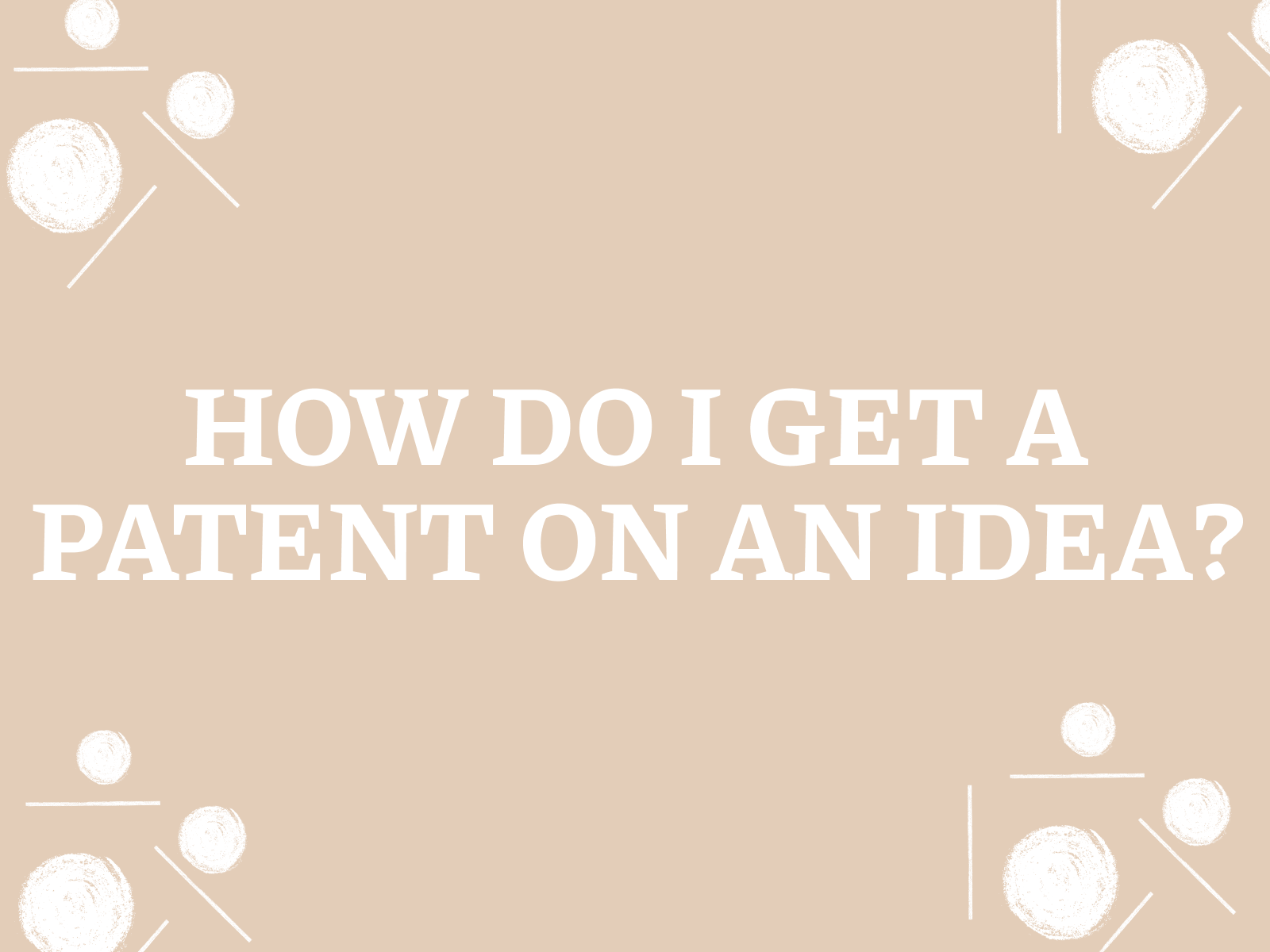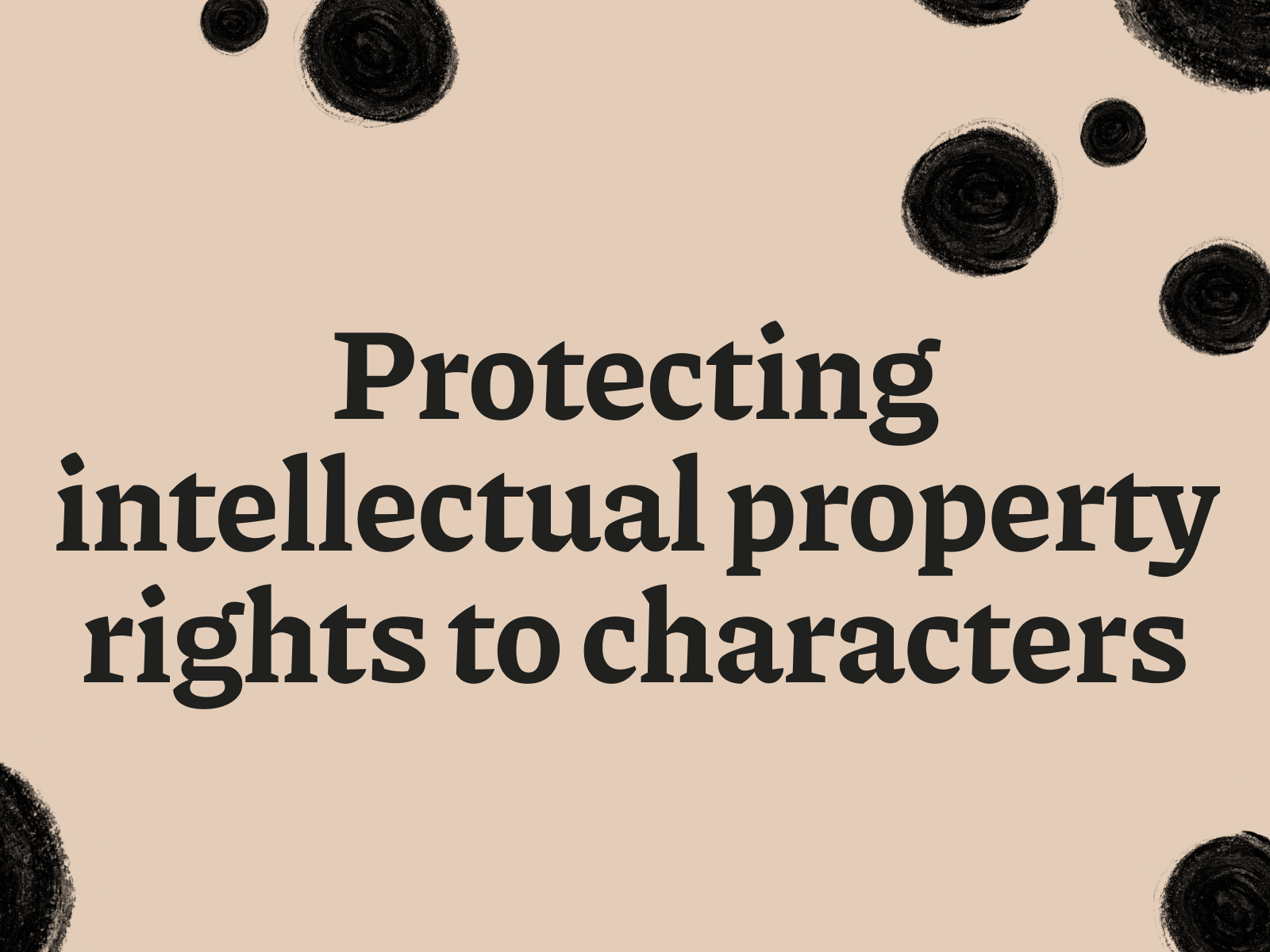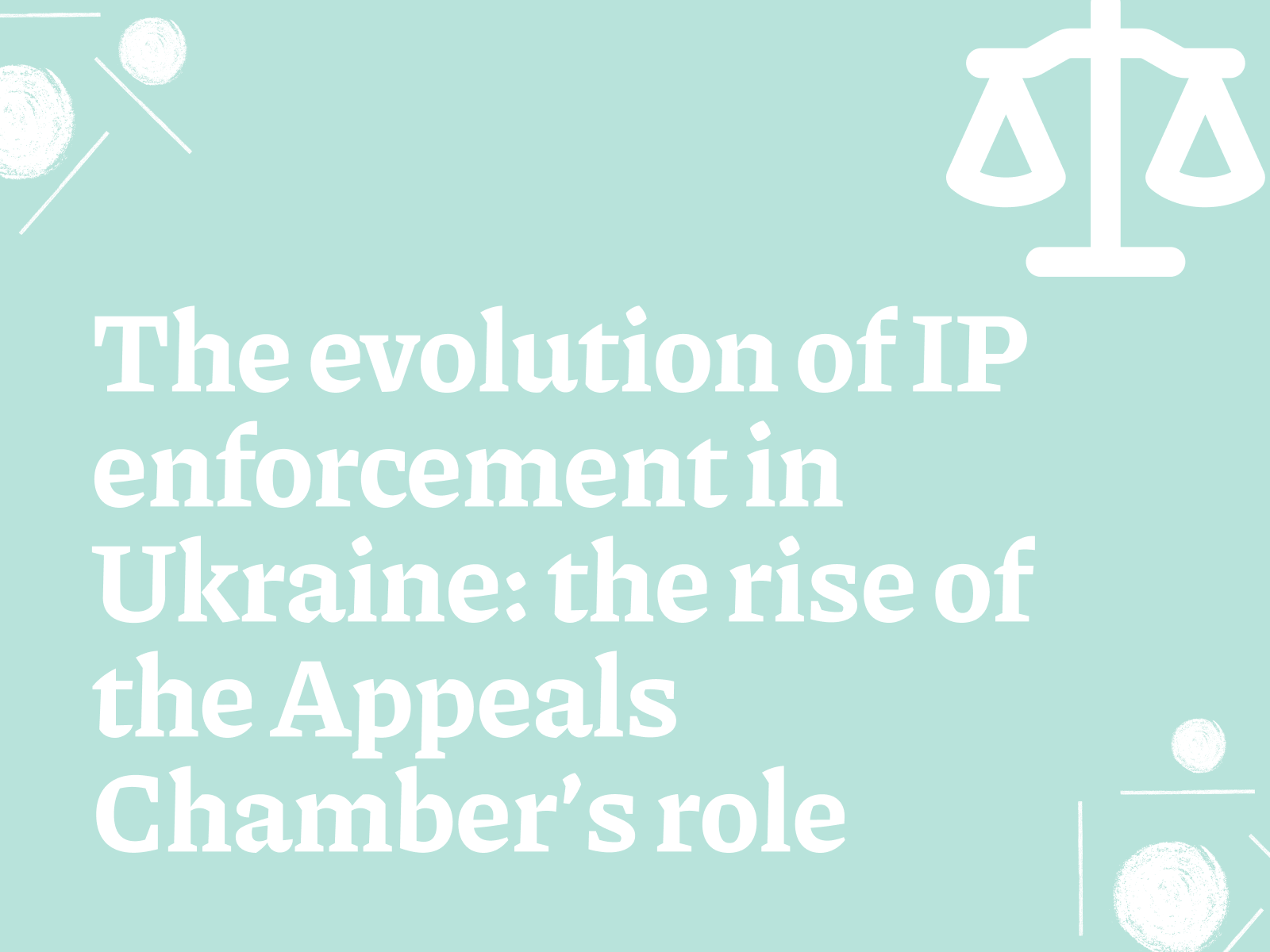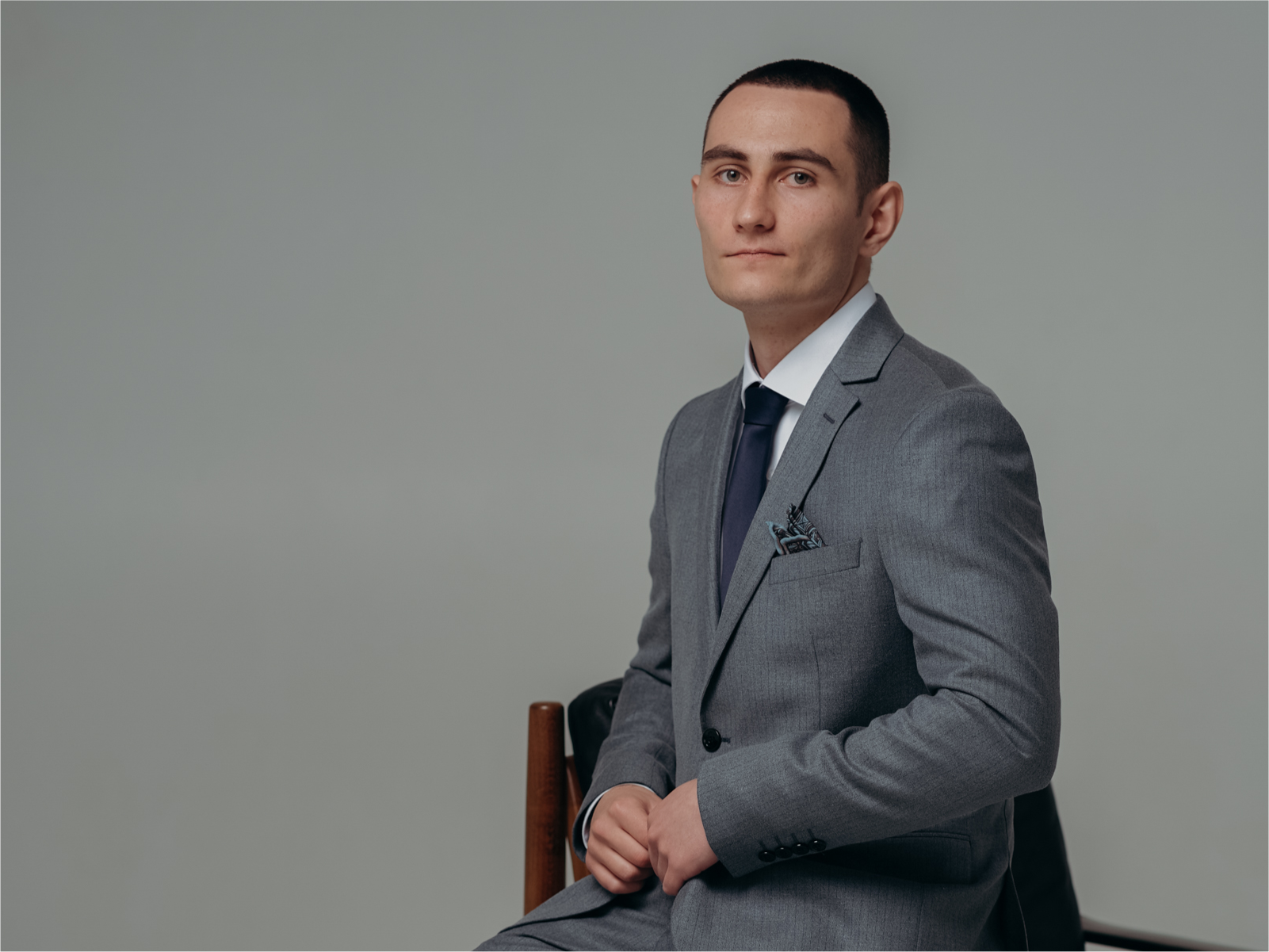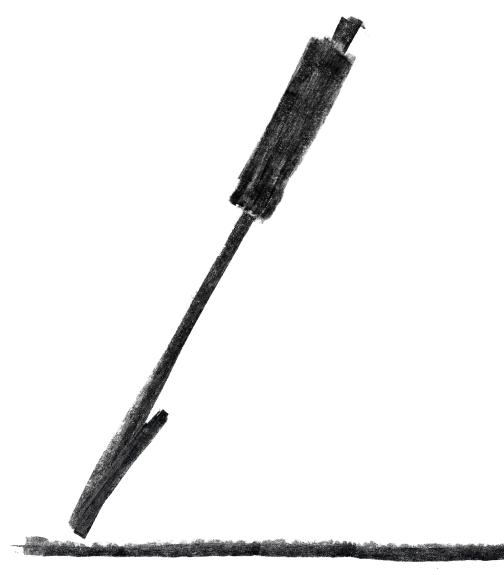Have you ever had a brilliant idea that could change the world? Perhaps it’s an innovative device, a unique method or a creative design. But how do you protect your intellectual property and prevent others from using it without your consent? The answer is simple – you need to file a idea patent. But, please note that ideas themselves cannot be patented, and the term “idea patent” is legally incorrect, it is just a name for a process that is used in common usage. Patent law protects inventions that are technical solutions to a particular problem.
A patent is an official document that certifies your exclusive right to use, produce and sell your invention. It gives you a monopoly on your idea for a certain period of time, allowing you to be rewarded for your ingenuity and investment.
In this article we will look at what a patent is, what types of patents exist, and help you understand whether your idea meets the patentability criteria. In addition, we will go step by step through the procedure of obtaining a patent in Ukraine and emphasise the importance of professional legal support in this process.
What is a patent?
A patent is a legal document that certifies the owner’s exclusive right to an invention. It grants the inventor a monopoly on the use, production and sale of the invention for a certain period, usually 20 years. This means that no one else can use, produce or sell the invention without the authorisation of the patent owner.
Patents play an important role in stimulating innovation and economic growth. They encourage inventors to invest time and resources in developing new ideas, knowing that their inventions will be protected from copying. The patent system creates a competitive environment that encourages companies and individual inventors to continually improve technology and create new products.
Obtaining a patent can also make an invention more attractive to investors and partners. A patent is proof that an idea is unique and has commercial potential. It can make it easier to attract funding to develop the project and bring it to market.
Types of patents
There are three types of patent:
- Patent for invention: protects a technical solution to a problem that is new, has an inventive step and is industrially applicable. It may be a new product, process, substance, microorganism strain, plant or animal cell culture, etc. Examples of inventions: a new type of engine, an innovative medical device, a unique data processing algorithm.
- Patent for utility model: protects the structural design of a device. A utility model differs from an invention in that the requirements for inventive step are lower. Examples of utility models: an improved design of a tool, a new type of packaging, a modification of an existing device…
- A design patent (now used to mean “design certificate”): protects the appearance of a product that is new and original. An industrial design may relate to shape, configuration, ornamentation or a combination of these features. Examples of industrial designs: the design of a car, the shape of a bottle, a pattern on fabric.
The choice of the type of patent depends on the specific idea and its characteristics. If the idea is a fundamentally new technical solution, it is advisable to obtain a patent for an invention. If the idea concerns the improvement of an existing device, a utility model patent would be more appropriate. And if the uniqueness of the idea lies in its appearance, then a design patent should be obtained.
Importance of patent protection
Patent protection is an important tool for protecting intellectual property and ensuring competitiveness in the market. It allows inventors to be rewarded for their efforts and investments, and promotes innovation and economic growth.
Obtaining a patent has a number of advantages:
- Monopoly on the use of the invention: the patent grants the owner the exclusive right to use, make and sell the invention.
- Copy Protection: A patent prevents others from using your invention without your permission, which helps maintain a competitive advantage.
- Boosting attractiveness to investors: a patent is proof of the uniqueness and commercial potential of an idea, which can make it easier to attract funding.
- Enhancement of business value: a patent is a valuable asset that can increase the value of a company.
- Licensing and saleability: the patent owner can licence or sell the rights to use the invention to others, generating additional income.
Patent protection is a complex process that requires knowledge of the law and procedures. Therefore, to successfully obtain a patent, it is recommended to contact qualified lawyers who specialise in intellectual property matters.
Is it possible to patent your idea?
Not every idea can be patented. In order to be granted a patent, an invention must fulfil certain criteria known as patentability conditions. These conditions ensure that only genuinely new, inventive and useful inventions are granted a patent.
Patentability criteria
- Novelty: an invention is considered novel if it is unknown in the prior art. The prior art includes all information that became publicly available before the date of filing of the patent application….
- Inventive step: an invention involves an inventive step if it is not obvious to a person skilled in the relevant art. This means that the invention must be the result of creativity and not merely a logical development of existing technology.
- Industrial applicability: an invention is industrially applicable if it can be used in any industry, agriculture, health care, etc….
What can’t be patented?
- Scientific discoveries, theories, mathematical methods: these ideas are not technical solutions and have no practical application.
- Fiction works, literary works, musical works:these works are protected by copyright, not patent law.
- Plans, rules and methods for carrying out mental activities, games or farming: these ideas are not technical solutions.
- Software per se :Software is protected by copyright, but it can be patented if it is part of a technical solution, such as controlling the operation of a device.
Assessment of patentability
Before applying for a patent, it is advisable to conduct a preliminary assessment of the patentability of your idea. This will help you to determine whether your idea meets the criteria for patentability and avoid unnecessary time and expense.
To assess patentability, you can:
- Do your own prior art search: you can use online databases of patents and scientific publications to see if something similar to your idea exists.
- Refer to a patent attorney: a patent attorney has experience and expertise in patent law and can conduct a professional assessment of the patentability of your idea.
Preparation for patenting
If your idea meets the criteria for patentability, the next step is to prepare for patenting. This includes:
- Detailed description of the invention: it is necessary to describe your invention, its purpose, construction and mode of operation clearly and in detail.
- Preparing drawings: drawings help to visualise the invention and understand its design.
- Patent Claims Formulation: patent claims define the scope of legal protection that a patent grants.
Preparing for patenting is an important step that requires care and precision. Errors at this stage may result in the refusal to grant a patent.
How to obtain a patent in Ukraine?
The process of obtaining a patent in Ukraine consists of several steps that require care and compliance with established procedures. Here are the main steps:
- Submitting an application
- Preparation of documents: the patent application, description of the invention, claims, drawings (if necessary) and abstract should be prepared.
- Payment of fees: Patent filing and formal examination fees must be paid.
- Applying to the Ukrainian National Office of Intellectual Property and Innovation (UKRNOIVI): the application can be submitted in person, by mail or online through the electronic system of UKRNOIVI.
- Formal examination
- Document verification: UKRNOIVI experts check the application for compliance with formal requirements, such as availability of all necessary documents, correctness of their execution and payment of fees.
- Decision making: Based on the results of the formal examination, UKRNOIVI makes a decision on whether to accept the application for consideration or to reject it.
- Substantive expertise
- Patentability check: UKRNOIVI experts conduct a prior art search and assess the invention for compliance with the patentability criteria (novelty, inventive step, industrial applicability).
- Interaction with experts: the applicant may receive notifications from experts requesting additional materials or changes to the application.
- Decision issuance: on the basis of the results of the substantive examination, UKRNOIVI issues a decision to grant or refuse a patent.
- Patent registration and granting of a patent
- Patent granting: UKRNOIVI issues a patent document to the patent owner, which confirms his exclusive right to the invention
- Payment of fees: Payment of patent fees for patent registration and patent issuance is required.
- Publication of information: information on the granting of a patent is published in the official bulletin of UKRNOIVI.
- Maintaining a patent in force
- Payment of annual fees: In order to keep a patent in force, patent fees must be paid annually.
- Infringement monitoring: the patent owner should independently monitor possible infringements of his rights and take measures to protect them.
Legal assistance in patenting
The patenting process is complex and requires knowledge of patent laws and procedures. Therefore, to successfully obtain a patent, it is recommended to seek legal assistance from qualified lawyers who specialise in intellectual property matters. Polikarpov Law Firm legal support in the field of patenting includes a wide range of services.
- International patenting: Filing patent applications in other countries
- Patentability advice: assessment of patentability of an idea, prior art analysis.
- Preparation and filing of a patent application: compilation of the description of the invention, claims, drawings, abstract.
- Expertise support: interaction with UKRNOIVI experts, preparation of answers to queries.
- Patent registration: payment of fees, obtaining a patent document.
- Protection of patent rights: infringement monitoring, representation in court.
Contacting Polikarpov Law Firm will help you avoid mistakes in the patenting process and ensure reliable protection of your intellectual property.
Conclusions
Obtaining a patent on an idea is an important step to protect your intellectual property and ensure your competitiveness in the marketplace. A patent gives you the exclusive right to use, produce and sell your invention, allowing you to be rewarded for your ingenuity and investment.
The patenting process requires knowledge of patent laws and procedures, so it is advisable to contact qualified lawyers who specialise in intellectual property matters to successfully obtain a patent.
Polikarpov Law Firm has extensive experience in patenting and is prepared to provide you with a full range of legal services, including:
- Advice on patentability issues
- Preparation and filing of a patent application
- Expertise support
- Patent registration
- Protection of patent rights
- International patenting
Contact Polikarpov Law Firm today to discuss your idea and begin the patenting process. We can help you protect your intellectual property and succeed in the marketplace.
Can I patent an idea?
No, ideas alone cannot be patented. Patent law protects inventions that are technical solutions to a particular problem. To obtain a patent, an invention must fulfil the following criteria: .
- Novelty: the invention must be new and unknown from the prior art.
- Inventive step: the invention need not be obvious to a person skilled in the art.
- Industrial applicability: the invention must be suitable for industrial application.
What can be patented:
- Devices: mechanisms, machines, apparatus, and the like.
- Tools: methods, processes, production techniques, etc….
- Substances: chemical compounds, compositions of materials, etc…
- Strains of microorganisms, plant and animal cell cultures.
- Utility models: new and industrially applicable improvements to known devices that increase their efficiency.
What can’t be patented:
- Ideas, scientific theories, mathematical methods.
- Rules and methods of carrying out mental activities, games…
- Computer programmes.
- Projects and schemes of planning of buildings, structures, territories.
- Decisions concerning only the appearance of the products.
- Inventions contrary to public policy or moral principles.
How to protect an idea:
- Non-disclosure: keep your idea private until you are ready to implement it.
- Copyright: if your idea is expressed in a specific form, such as a drawing, text or computer programme, it may be protected by copyright.
- Commercial Secret: you can protect your idea as a trade secret if it has commercial value and steps are taken to keep it secret.
What kind of idea can be patented?
As we have already learnt, ideas per se are not patentable. A patent can be obtained for an invention that is a technical solution to a specific problem and fulfils the criteria for patentability.
So, an idea is patentable if:
- It is embodied in a specific invention:it may be an apparatus, process, substance, strain of microorganism, or utility model….
- The invention is novel:it need not be known from the prior art, that is, from previously published sources of information.
- The invention involves an inventive step:it need not be obvious to a person skilled in the art.
- The invention is industrially suitable:it must be suitable for industrial use.
Examples of patentable ideas:
- A new way of producing a particular product: for example, a process you invented that makes it possible to produce products faster, cheaper, or with improved characteristics.
- A new device that solves a specific technical problem: for example, a device you invented makes it easier to do a certain job or improves the efficiency of a process.
- New substance with useful properties: for example, a substance you invented can be used in medicine, industry or agriculture.
It’s important to remember:
- Patenting is a complex process that requires considerable knowledge of intellectual property.
- It is recommended that you contact a patent attorney who can help you determine the patentability of your invention and prepare a patent application.
Our company provides a full range of invention patenting services. Contact us and we will help you to obtain a patent and protect your rights to your invention!
What if my idea has already been patented by someone else?
If you discover that your idea has already been patented by someone else, you need to carefully analyse the situation and determine what to do next. Here are some steps you can take:
- Examine the patent:
- Read the description of the invention and the claims of the patent carefully.
- Note the priority date of the patent and its expiration date.
- Analyse how similar your invention is to the patented invention.
- Determine the degree of similarity:
- If your invention is completely identical to a patented invention, you cannot use it without the patentee’s permission.
- If your invention has differences, you need to assess whether those differences are sufficient to avoid patent infringement.
- Consider possible courses of action:
- Modify your invention: modify your invention so that it does not infringe the patentee’s rights.
- Gain a licence: approach the patentee with an offer to obtain a licence to use his invention.
Appealing a patent: If you believe that a patent has been wrongly granted, you can try to challenge it in court or with the relevant government agency.

